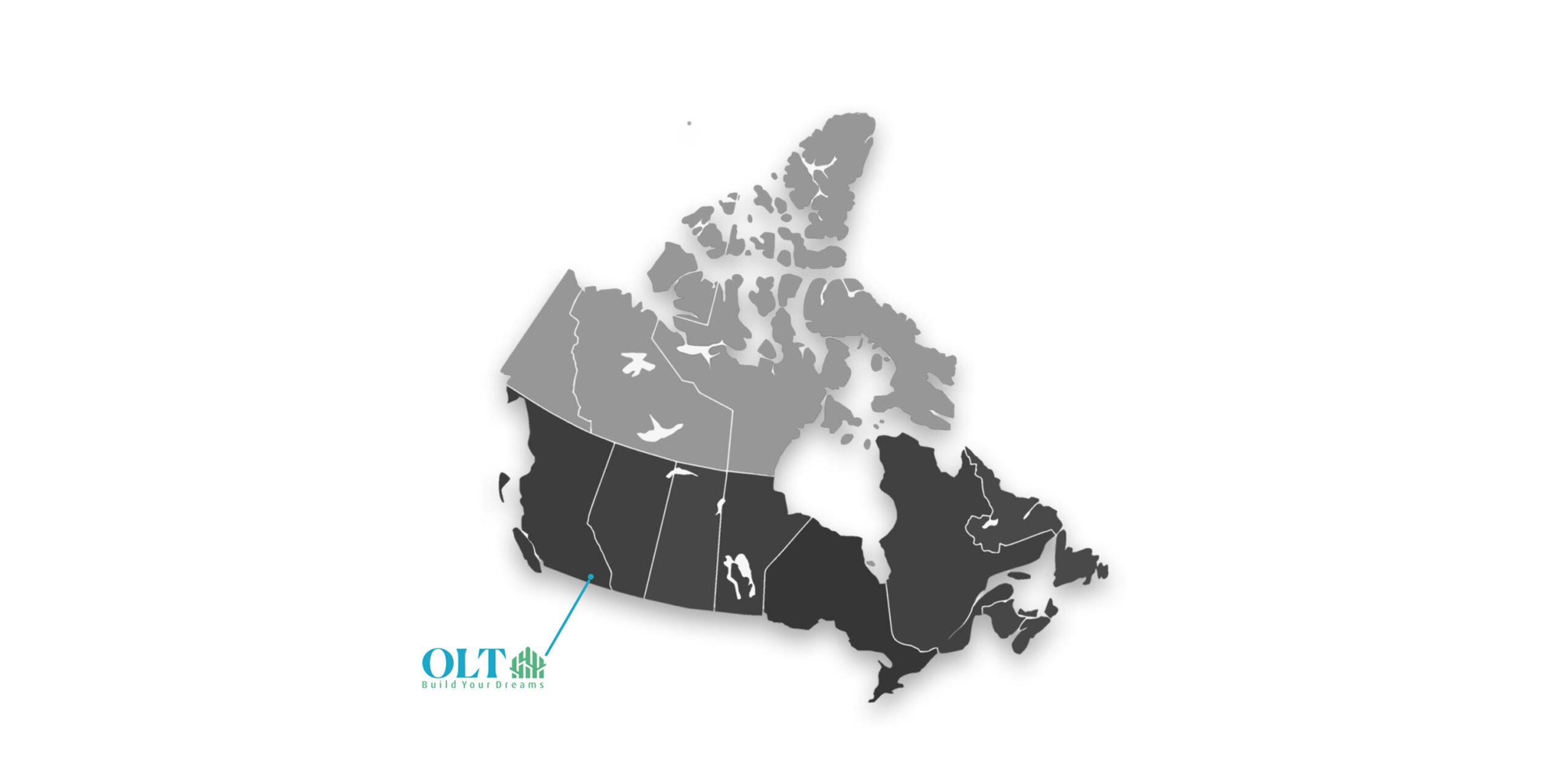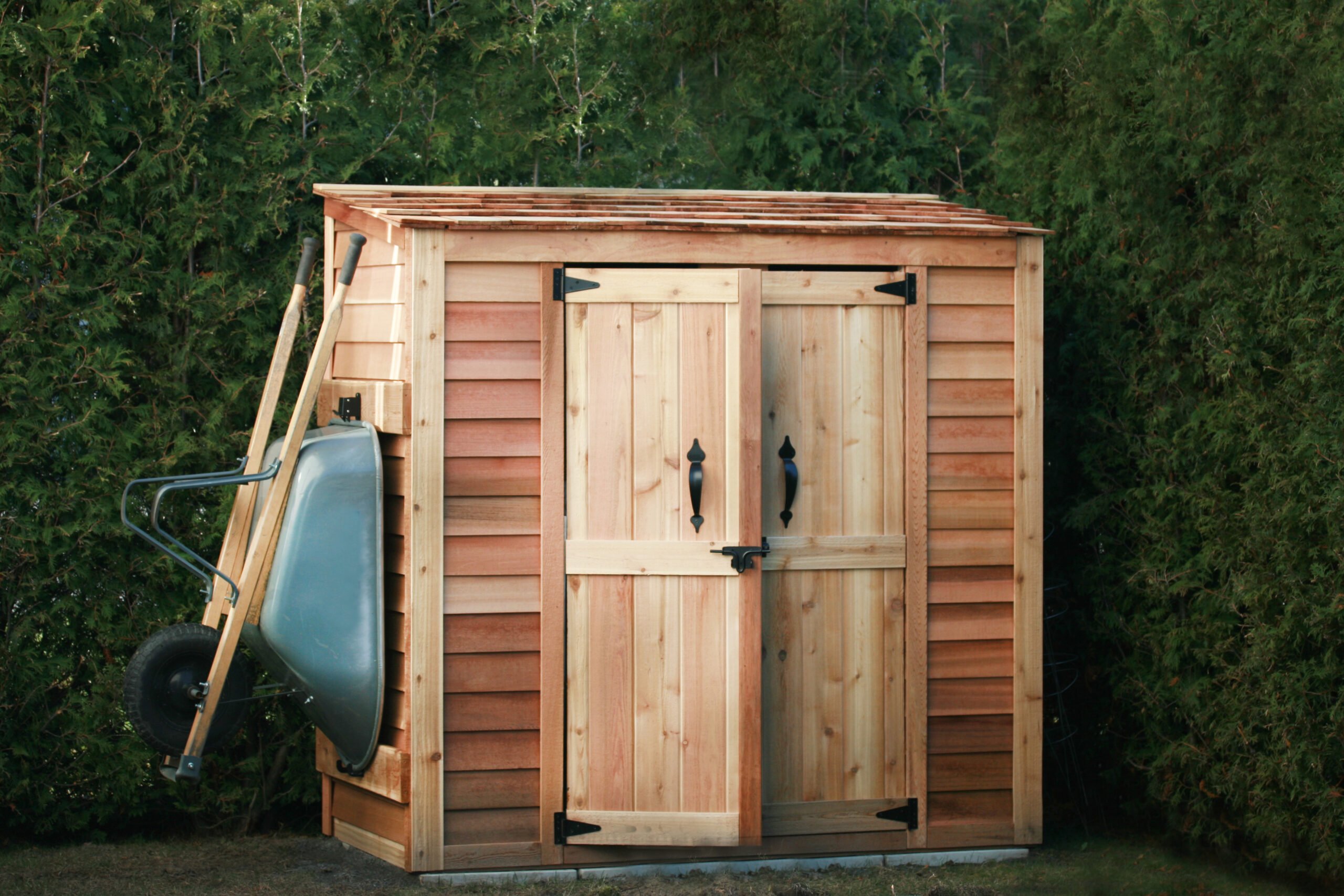No products in the cart.
The Benefits of Western Red Cedar: Why it’s Worth It
When it comes to building materials, it can be tempting to opt for the cheapest option available. However, choosing a more expensive material like Western Red Cedar sourced from Canada and the United States can be a wise investment in the long run.
1. Durability
Western Red Cedar is known for its durability and resistance to rot and decay. This means that it will last much longer than cheaper alternatives like White Cedar or Chinese Fir, which may need to be replaced more frequently due to weathering and other forms of damage. Not only will this save you money on replacements, and repairs, but also reduces the environmental impact of constant resource extraction and processing over time.
2. Premium Appearance
Western Red Cedar has an attractive, natural appearance that adds value and visual appeal to any project. The wood’s distinctive grain and warm color create a timeless aesthetic that cannot be replicated by cheaper alternatives. This makes it a popular choice for outdoor structures like decks, fences, and pergolas, as well as for indoor features like ceilings and accent walls.
3. Sustainability
Western Red Cedar is a sustainable choice. It is harvested from responsibly managed forests in Canada and the United States, which means that the production process has a lower environmental impact than other materials. This is because the forests are carefully monitored and replanted, ensuring that the ecosystem is protected for future generations.
4. Economic Impact
Lastly, let’s discuss the economic impact of your purchasing decision.
By choosing this material, you are supporting the local economies of both the United States and Canada, as well as helping to create and sustain good-paying middle-class jobs within the forestry industry.
In Canada, the forestry sector is a major contributor to the country’s economy, accounting for more than 200,000 jobs and generating billions of dollars in economic activity each year. Similarly, in the United States, the forestry industry supports over 2 million jobs and contributes over $300 billion annually to the country’s economy.
By choosing Western Red Cedar sourced from Canada and the United States, you support the livelihoods of those working in the forestry industry, including loggers, sawmill workers, and others involved in the supply chain.
This benefits individuals and their families and helps boost local economies and creates a ripple effect throughout the broader community.
Overall…
Choosing Western Red Cedar sourced from Canada and the United States is not only a wise investment in terms of durability, aesthetics, and sustainability but also a way to support the economies of both countries and create and sustain jobs within the forestry industry.

Sources:
- Western Red Cedar: Why It’s a Better Choice for Your Deck or Home – Real Cedar (https://www.realcedar.com/why-real-cedar/)
- Western Red Cedar vs. Eastern White Cedar: What’s the Difference? – Curtis Lumber & Plywood (https://www.lumber1inc.com/resources/blog/2018/06/western-red-cedar-vs-eastern-white-cedar-whats-the-difference/)
- Why Choose Western Red Cedar? – Cedar Country Lumber (https://cedarcountrylumber.net/2019/05/28/why-choose-western-red-cedar/)
- Forests and the Economy – Natural Resources Canada (https://www.nrcan.gc.ca/our-natural-resources/forests-forestry/state-canadas-forests-report/forests-and-economy/21019)
- The Economic Contributions of the Forest Industry in the United States – Forest2Market (https://www.forest2market.com/blog/the-economic-contributions-of-the-forest-industry-in-the-united-states)

 A garden shed is no longer a luxury. It is a necessity that allows you to enjoy more storage space for your gardening tools and implements rather than using your garage for storage. You can easily invest in a panelized garden shed that you can erect yourself. Not only is such a shed aesthetically pleasing, it also is quite functional.DIY panelized garden sheds come with pre-cut panels that already have
A garden shed is no longer a luxury. It is a necessity that allows you to enjoy more storage space for your gardening tools and implements rather than using your garage for storage. You can easily invest in a panelized garden shed that you can erect yourself. Not only is such a shed aesthetically pleasing, it also is quite functional.DIY panelized garden sheds come with pre-cut panels that already have  It is important to use shelf space prudently. Anything that is small and organic, such as mulch or dirt should first go into waterproof packaging and then onto the shelf. This will prevent the shed’s floor from damage.Similarly, pots, watering cans, fertilizer, and herbicides should also go onto a shelf. Make sure you label the shelf, so that you know what goes where. Place other small items in transparent plastic boxes with lids. Label the boxes on all sides, so that you know what they are for.Place these in a systematic manner on the shelves. Boxes that hold items you need regularly for your garden maintenance and upkeep should be placed on lower shelves, while those you use sparingly or rarely should be placed on higher shelves.Your wheelbarrow should be propped up against the wall, so that it is not in the way when you enter the shed.
It is important to use shelf space prudently. Anything that is small and organic, such as mulch or dirt should first go into waterproof packaging and then onto the shelf. This will prevent the shed’s floor from damage.Similarly, pots, watering cans, fertilizer, and herbicides should also go onto a shelf. Make sure you label the shelf, so that you know what goes where. Place other small items in transparent plastic boxes with lids. Label the boxes on all sides, so that you know what they are for.Place these in a systematic manner on the shelves. Boxes that hold items you need regularly for your garden maintenance and upkeep should be placed on lower shelves, while those you use sparingly or rarely should be placed on higher shelves.Your wheelbarrow should be propped up against the wall, so that it is not in the way when you enter the shed. Wooden sheds and furniture all require the right care to ensure that they have a long life. Caring for your wooden outdoor structures not only increases their lifespan but also gives them a well maintained, aesthetically pleasing look.Wood is one of the most beautiful of all materials to construct with and can convey a look of refined elegance. Most of the time, minimal and regular maintenance, prior knowledge of the problems that can occur, and a sharp eye can decrease the costs from damage caused by negligence.
Wooden sheds and furniture all require the right care to ensure that they have a long life. Caring for your wooden outdoor structures not only increases their lifespan but also gives them a well maintained, aesthetically pleasing look.Wood is one of the most beautiful of all materials to construct with and can convey a look of refined elegance. Most of the time, minimal and regular maintenance, prior knowledge of the problems that can occur, and a sharp eye can decrease the costs from damage caused by negligence. Some things you can do to prevent rot in wooden sheds is to use decay resistant and pressure treated wood. When
Some things you can do to prevent rot in wooden sheds is to use decay resistant and pressure treated wood. When  Use a planer and sander to create smooth surfaces and then polish it for that perfect finish.Wooden flooring can be sanded several times depending on the thickness of the wear and tear and your floor will last for several years.
Use a planer and sander to create smooth surfaces and then polish it for that perfect finish.Wooden flooring can be sanded several times depending on the thickness of the wear and tear and your floor will last for several years. For general care just clean your wooden outdoor furniture with some soapy water. Use mild cleaners otherwise you might damage the finish. If it needs extra cleaning sand it lightly and brush away any dust that might remain on the surface.After you have cleaned it you now have the option to either oil it, paint it, or leave it as is so it transitions and ages naturally into that weathered look.
For general care just clean your wooden outdoor furniture with some soapy water. Use mild cleaners otherwise you might damage the finish. If it needs extra cleaning sand it lightly and brush away any dust that might remain on the surface.After you have cleaned it you now have the option to either oil it, paint it, or leave it as is so it transitions and ages naturally into that weathered look. Your garden shed sometimes ends up looking like a junkyard where you simply store items that you can’t find an appropriate place for anywhere else in your home or probably garage.In all that mess, you probably won’t be able to locate that trusty trowel you’ve been searching for, or that rake that you just can’t seem to find, meaning that you will find it easier to just head to the store and buy a new one.If your shed is beginning to look like a chaotic mess, it may be the right time to get into shed organization. The end of summer is a great time to clean out and organize your shed. Here are some handy tips to make your shed organization project a breeze.
Your garden shed sometimes ends up looking like a junkyard where you simply store items that you can’t find an appropriate place for anywhere else in your home or probably garage.In all that mess, you probably won’t be able to locate that trusty trowel you’ve been searching for, or that rake that you just can’t seem to find, meaning that you will find it easier to just head to the store and buy a new one.If your shed is beginning to look like a chaotic mess, it may be the right time to get into shed organization. The end of summer is a great time to clean out and organize your shed. Here are some handy tips to make your shed organization project a breeze. If you have too many duplicates of a certain item, they need to go. Anything that has been rusted or is broken and you haven’t gotten around to repairing them yet also needs to be thrown out. If there are a few items that can be recycled, keep them in a separate pile.
If you have too many duplicates of a certain item, they need to go. Anything that has been rusted or is broken and you haven’t gotten around to repairing them yet also needs to be thrown out. If there are a few items that can be recycled, keep them in a separate pile. Use clear plastic shoe boxes to store plant markets, twine, and hand tools. Keep these at eye level so all it takes is a glance to know what’s in there. Remember to label here too!Create some room at the back of your shed for long-handed tools such as shovels and rakes. If you have some extra space, you can use hooks screwed onto the wall to hang any medium-length tools. You can even throw in a few lightweight tools into a pair of tall rubber boots.A clear plastic bag is a fabulous place to store gloves, seed packers, and miscellaneous hand tools. For an
Use clear plastic shoe boxes to store plant markets, twine, and hand tools. Keep these at eye level so all it takes is a glance to know what’s in there. Remember to label here too!Create some room at the back of your shed for long-handed tools such as shovels and rakes. If you have some extra space, you can use hooks screwed onto the wall to hang any medium-length tools. You can even throw in a few lightweight tools into a pair of tall rubber boots.A clear plastic bag is a fabulous place to store gloves, seed packers, and miscellaneous hand tools. For an  An overcrowded garage can make it difficult to park the cars your family owns. Moreover, it becomes difficult to locate tools, gardening equipment, and other items all stored together in the garage. Instead, you can build a storage shed that will contain the space to neatly organize gardening equipment and yard tools which will also increase the value of the property.
An overcrowded garage can make it difficult to park the cars your family owns. Moreover, it becomes difficult to locate tools, gardening equipment, and other items all stored together in the garage. Instead, you can build a storage shed that will contain the space to neatly organize gardening equipment and yard tools which will also increase the value of the property.
 You are now ready to add vinyl siding to the exterior of the shed. Begin applying the siding from the edges with the decorative trim and work your way to the center.
You are now ready to add vinyl siding to the exterior of the shed. Begin applying the siding from the edges with the decorative trim and work your way to the center.



